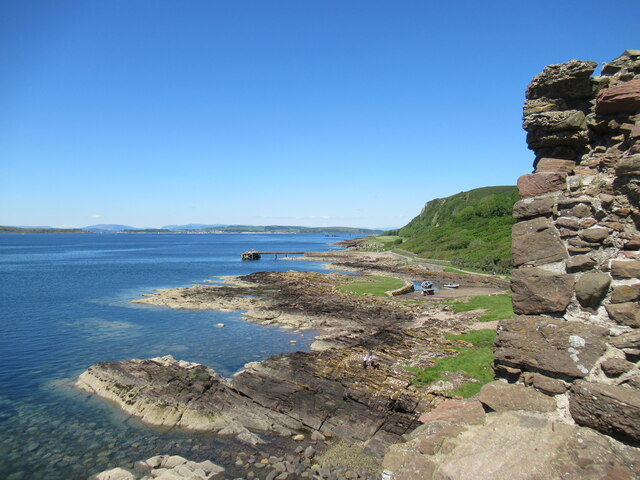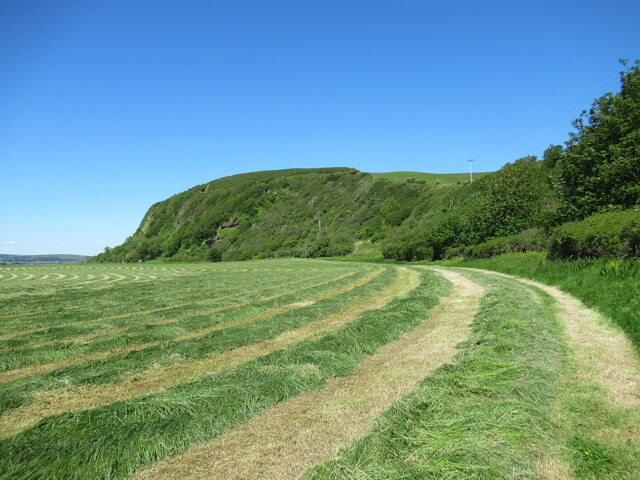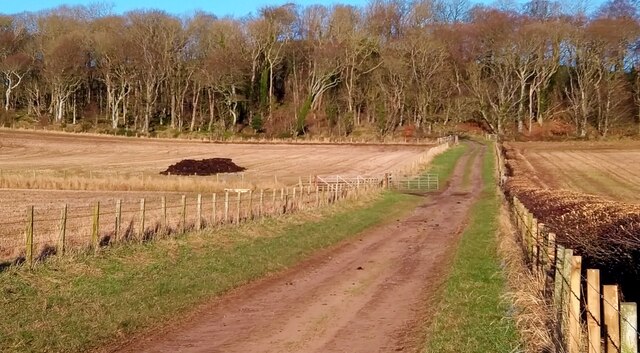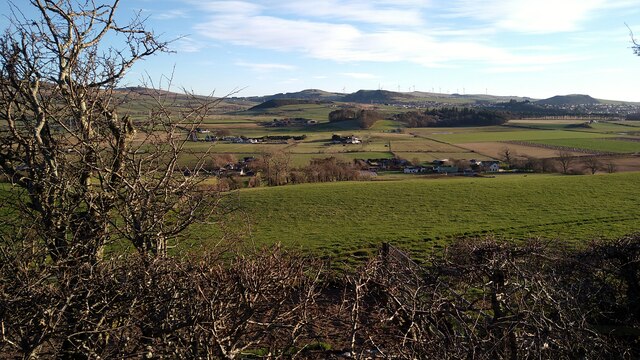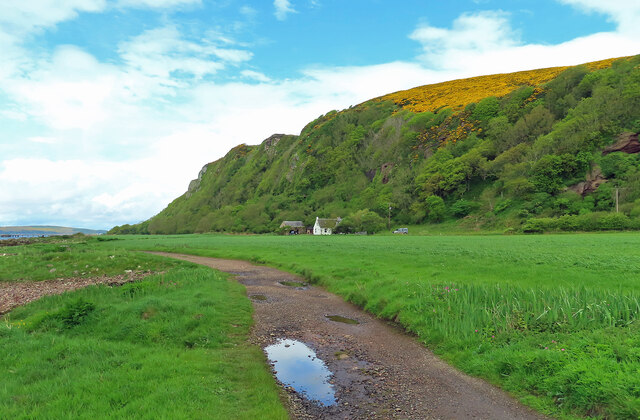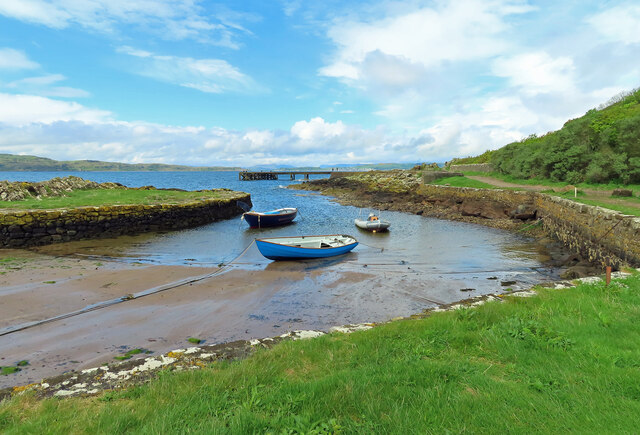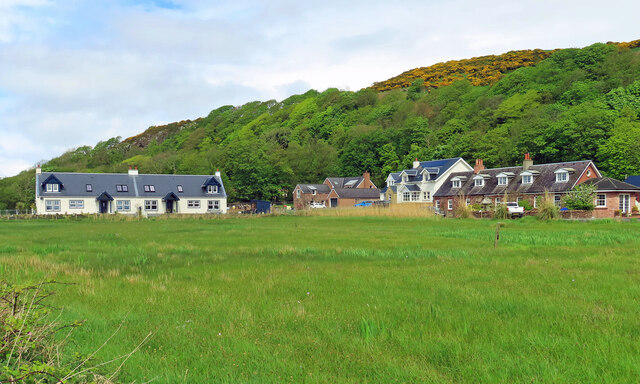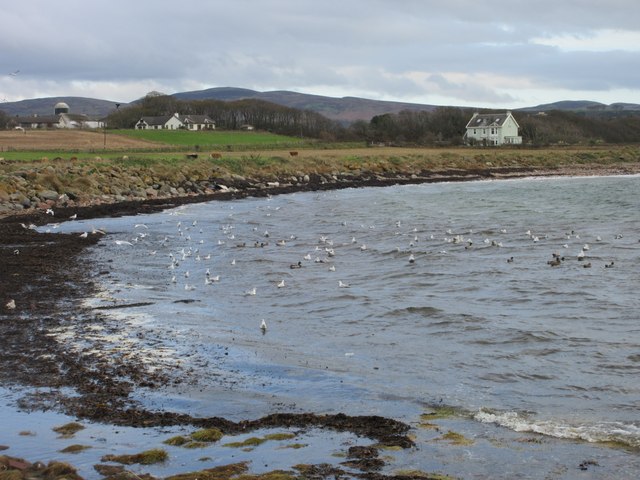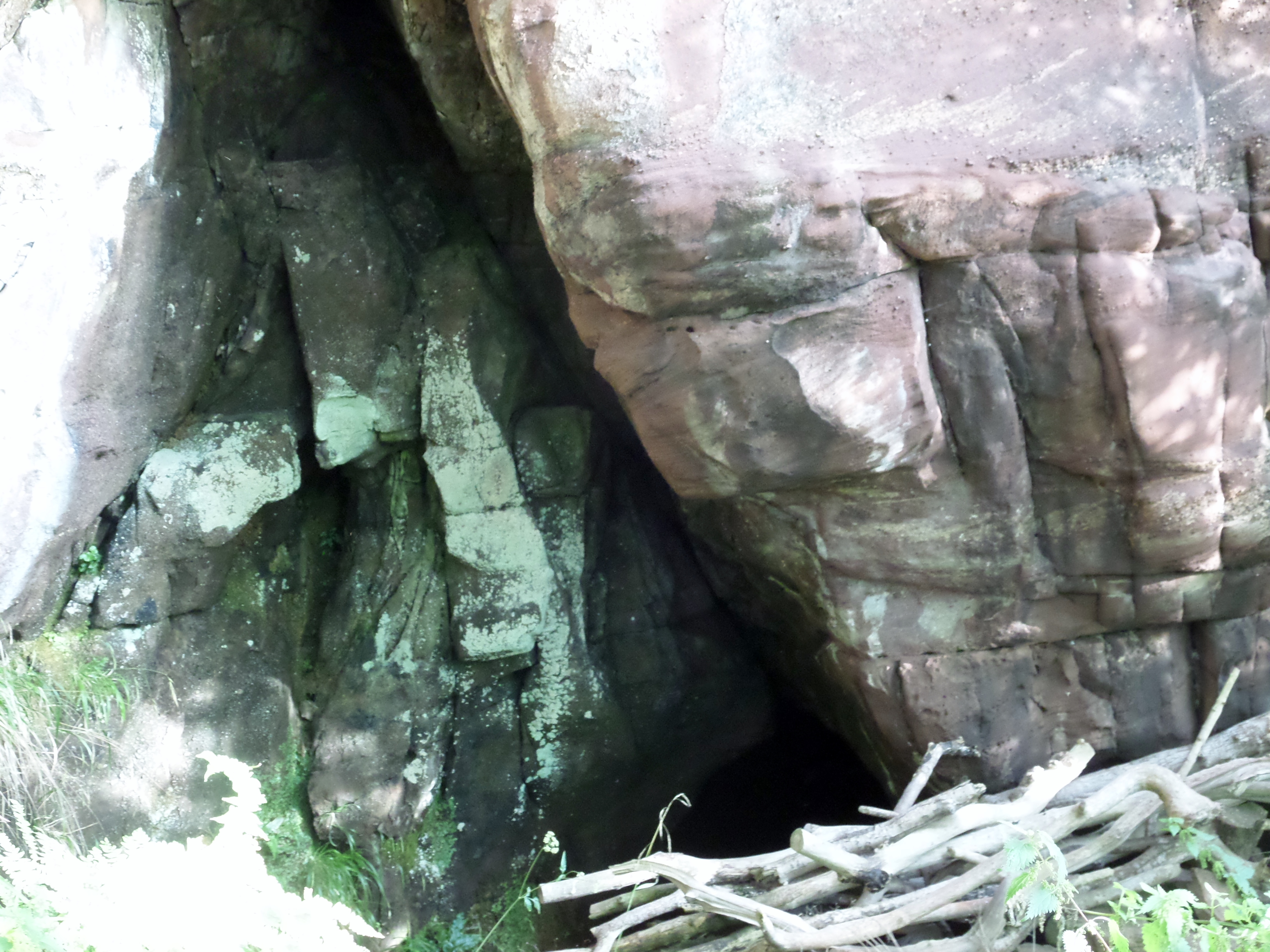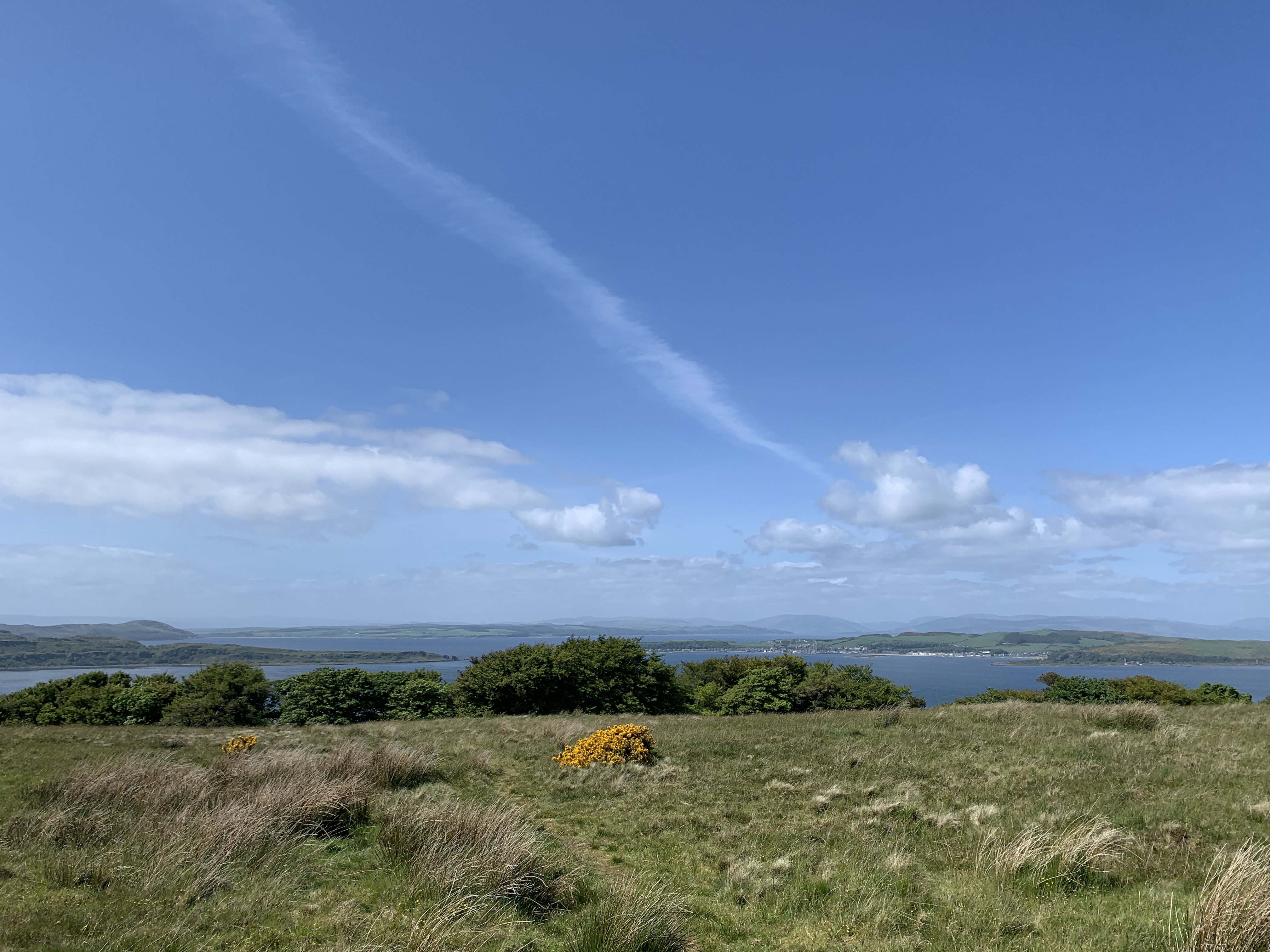Blue Stones
Beach in Ayrshire
Scotland
Blue Stones
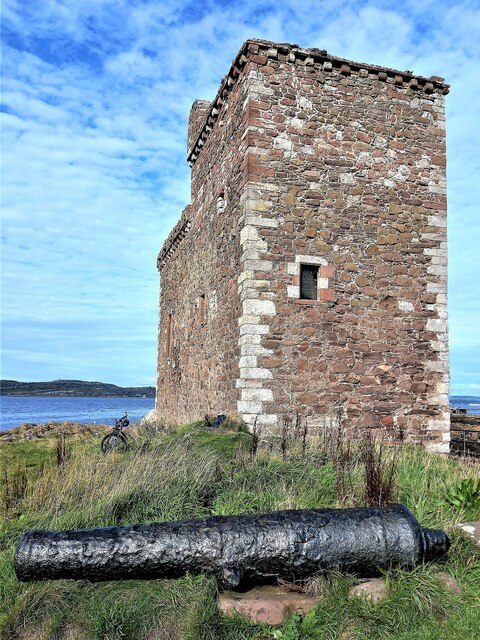
Blue Stones is a picturesque beach located in Ayrshire, a county in southwestern Scotland. Situated along the Firth of Clyde, this coastal gem is known for its stunning natural beauty and tranquil atmosphere. The beach is easily accessible, making it a popular destination for locals and tourists alike.
One of the highlights of Blue Stones is its unique geological features. The beach gets its name from the distinctive blue stones that can be found scattered across its shoreline. These stones are a type of volcanic rock called basalt, which were formed millions of years ago during volcanic activity in the region. The contrast of the dark blue stones against the golden sand creates a visually striking landscape.
The beach itself stretches for approximately half a mile and offers a wide expanse of soft sand. The gentle slope of the shoreline makes it an ideal spot for sunbathing, picnicking, or simply enjoying a leisurely stroll along the water's edge. The clear, calm waters of the Firth of Clyde also make it a popular spot for swimming and other water activities.
Blue Stones is surrounded by lush greenery, with rolling hills and cliffs providing a stunning backdrop. The area is home to a diverse range of wildlife, including seabirds and marine life, making it a haven for nature enthusiasts and bird watchers.
Facilities at Blue Stones include car parking, public toilets, and nearby cafes and restaurants. The beach is also easily accessible by public transport, with regular bus services connecting it to nearby towns and cities.
Overall, Blue Stones is a hidden gem on the Ayrshire coastline, offering visitors a picturesque setting, geological wonders, and a peaceful escape from the hustle and bustle of everyday life.
If you have any feedback on the listing, please let us know in the comments section below.
Blue Stones Images
Images are sourced within 2km of 55.713523/-4.9041731 or Grid Reference NS1750. Thanks to Geograph Open Source API. All images are credited.

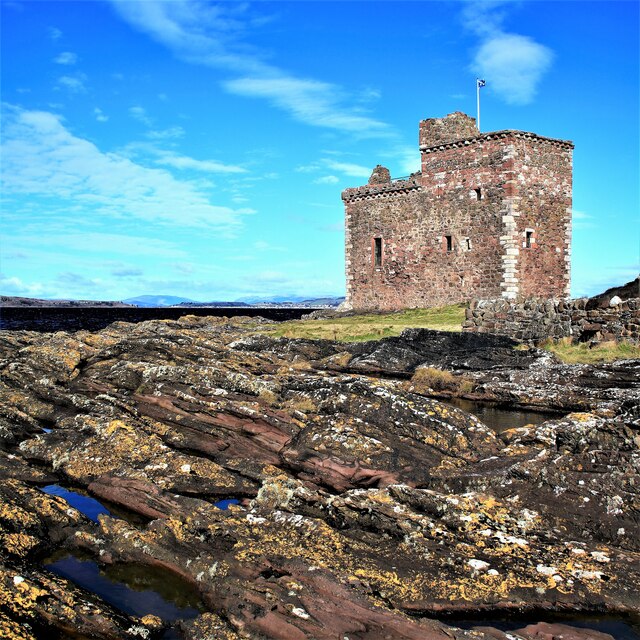
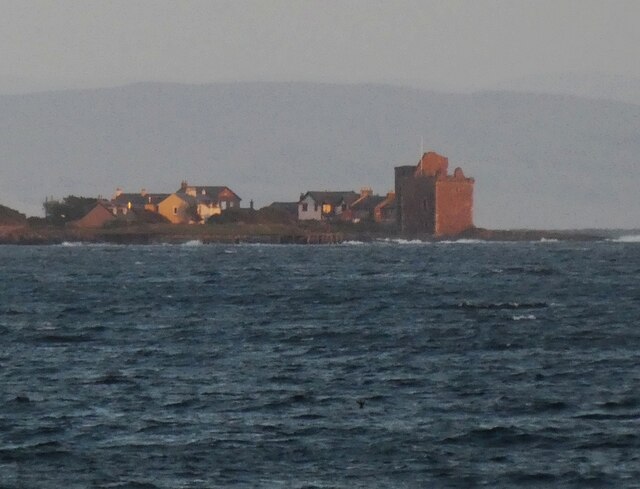
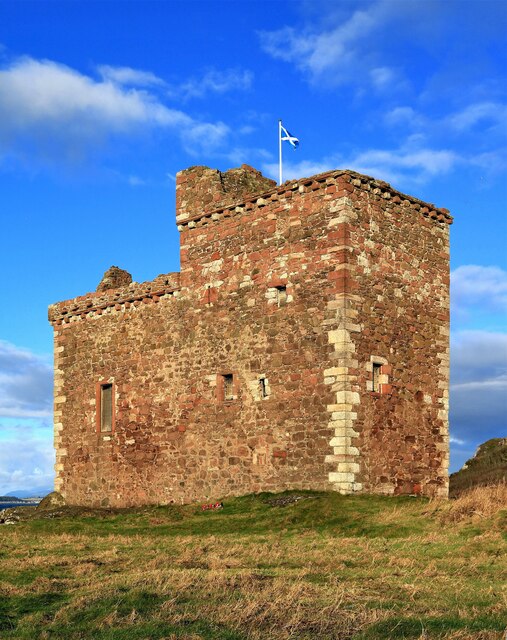
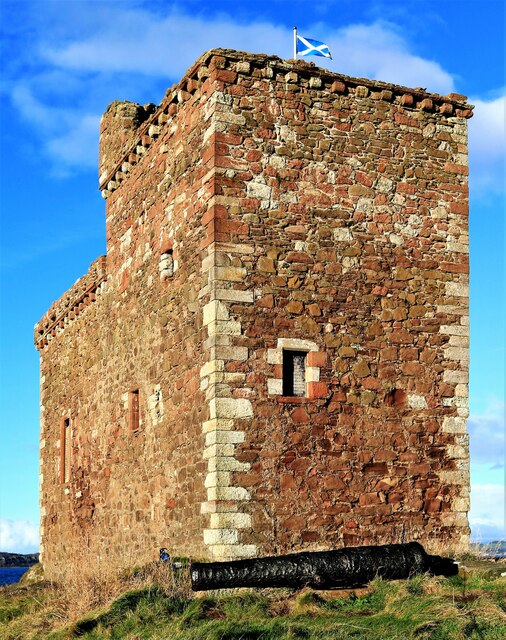
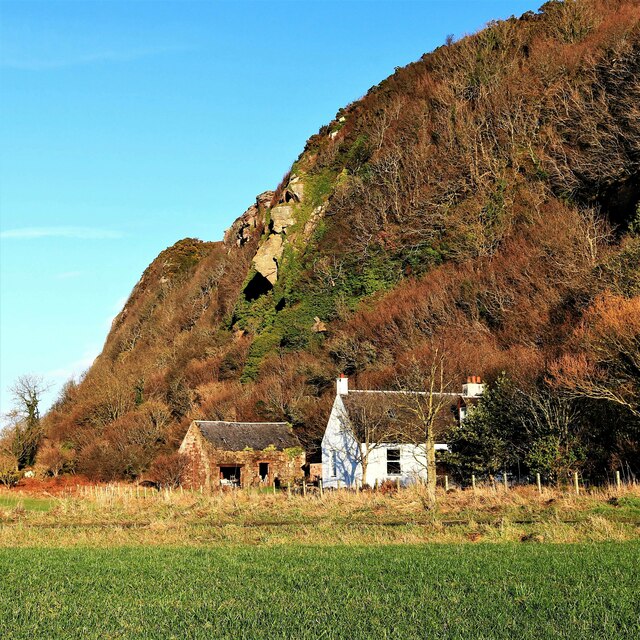
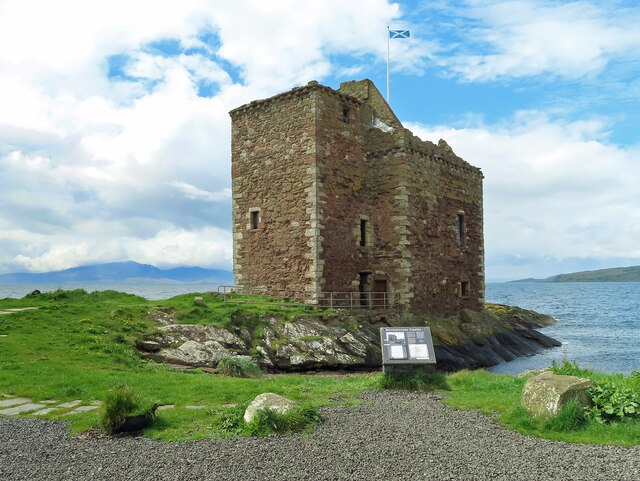
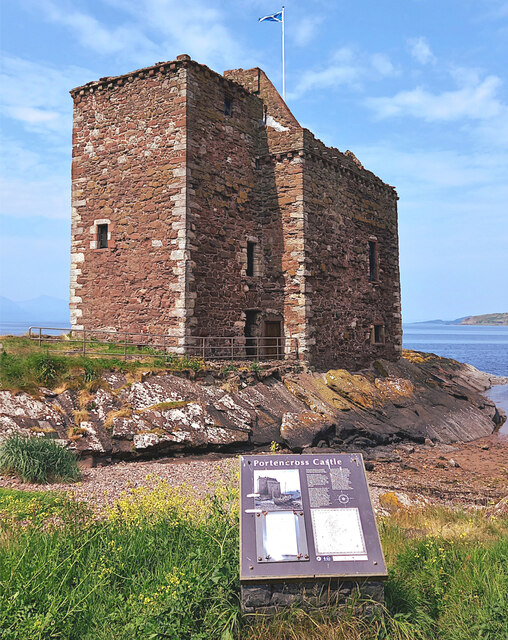
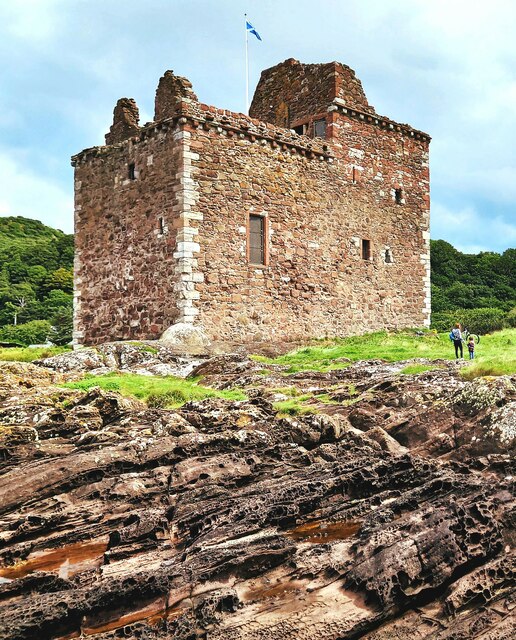
Blue Stones is located at Grid Ref: NS1750 (Lat: 55.713523, Lng: -4.9041731)
Unitary Authority: North Ayrshire
Police Authority: Ayrshire
What 3 Words
///turkey.dispenser.scouting. Near West Kilbride, North Ayrshire
Nearby Locations
Related Wikis
The Holy Cave, Hunterston
The Holy Cave at Hunterston in the Parish of West Kilbride is associated with Saint Mungo, also known as St Kentigern and is often referred to as the Hawking...
Goldenberry Hill
Goldenberry Hill is a hill in North Ayrshire, Scotland, near West Kilbride. It is a popular spot for walks and is visited regularly. It is 140 metres...
Murder of Mary Speir Gunn
Mary Speir Gunn (31 August 1862 – 18 October 1913) was murdered in a shooting attack at the isolated Northbank Cottage near Portencross in North Ayrshire...
Hunterston A nuclear power station
Hunterston A nuclear power station is a former Magnox nuclear power station located at Hunterston in Ayrshire, Scotland, adjacent to Hunterston B. The...
Nearby Amenities
Located within 500m of 55.713523,-4.9041731Have you been to Blue Stones?
Leave your review of Blue Stones below (or comments, questions and feedback).
